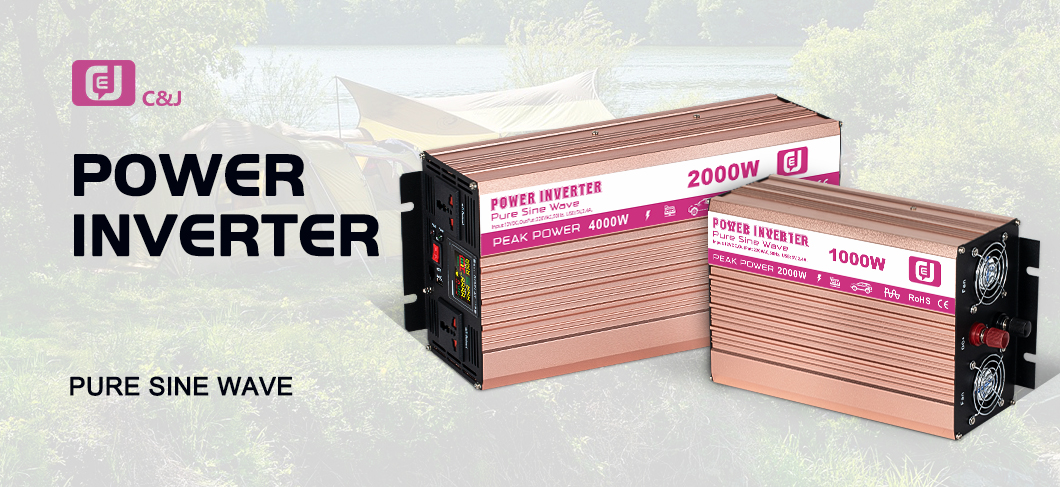Introduction:
Inverters have become the silent force behind advances in energy conversion technology. These ingenious devices have revolutionized the way we harness and distribute electricity. From ensuring stable power supply during power outages to maximizing the use of solar energy, inverters play a vital role in our lives. In this blog, we’ll take a deep dive into the world of inverters, exploring their capabilities, various types, and their significant impact on the modern energy landscape.
1. Understand the inverter:
To understand what an inverter is, you first need to understand its basic functions. An inverter is an electronic device that converts direct current (DC) into alternating current (AC). Direct current is typically generated by solar panels or batteries and needs to be converted to alternating current to power our homes, appliances or industrial processes. Inverters ensure stable and reliable energy flow to meet different needs.
2. Types of frequency converters:
There are many types of inverters, each suitable for different applications. Here are some popular inverter types:
a) Standalone Inverter: These inverters are typically used in off-grid applications such as remote cabins or recreational vehicles. They convert the battery’s DC power into AC power to meet the power needs of independent systems.
b) Grid-tied inverters: Grid-tied inverters are designed to synchronize with the utility grid, ensuring seamless transfer of excess energy back to the grid. These inverters are ideal for homes or businesses equipped with solar panels as they enable net metering, reducing energy costs and carbon footprint.
c) Microinverters: Unlike traditional string inverters, microinverters are installed on each individual solar panel. This innovative approach optimizes energy production, increases overall system efficiency and simplifies panel-level monitoring.
d) Hybrid Inverter: A hybrid inverter integrates solar panels with battery storage, enabling the system to store excess energy for use during peak demand or power outage situations. These inverters increase power system resiliency, minimize dependence on the grid and enhance energy independence.
3. Application and advantages:
Inverters are used in many fields and have the following advantages:
a) Residential Sector: Inverters enable homeowners to generate their own electricity through solar panels, reducing dependence on the grid and lowering utility bills. With the help of an inverter, households can enjoy clean, sustainable energy and contribute to a green future.
b) Industrial Sector: Inverters play a vital role in optimizing energy utilization in industrial processes. By converting DC to AC, they power electric motors, variable frequency drives and other machinery, ensuring smooth operation and energy efficiency.
c) Healthcare Industry: Uninterrupted power supply is critical to medical facilities and any interruption in power may compromise patient safety. Inverters provide seamless backup power during power outages, ensuring continued operation of life-saving equipment and maintaining a stable environment for patients.
d) Environmental benefits: Inverters help integrate renewable energy sources such as solar or wind power into the grid. By converting DC power from these power supplies to AC power, they enable a greener, more sustainable energy mix that reduces greenhouse gas emissions and combats climate change.
Conclusion :
In our pursuit of clean, efficient energy conversion, inverters have become an integral part. Their ability to convert DC power to AC opens up many applications, from residential solar installations to grid-tied systems and industrial facilities. As technology continues to advance, inverters will play a key role in our transition to a more sustainable energy future. By harnessing the power of inverters, we can harness renewable energy, increase energy efficiency, and reduce our environmental impact. It’s time to recognize the silent revolution happening behind the scenes and appreciate the incredible contribution inverters are making in shaping our energy landscape.
Post time: Nov-29-2023


